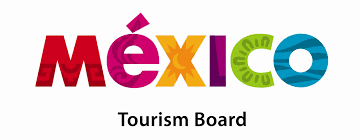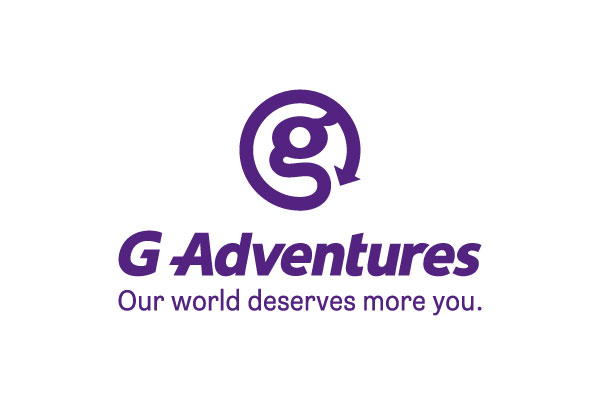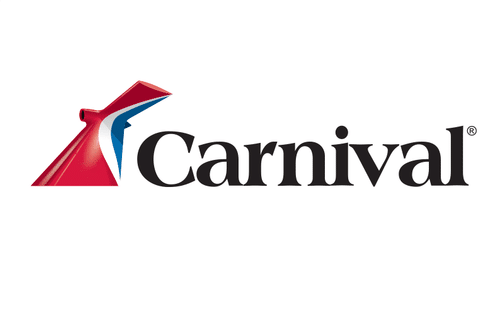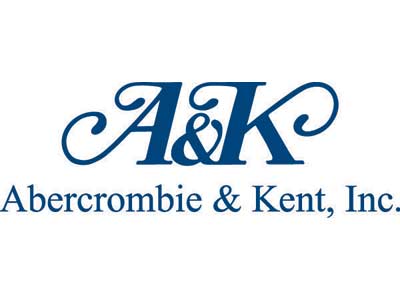TravelMole Guest Comment: Character-based segmentation
Indicia managing director Ian Stockley explains how travel companies can use the new method of character-based segmentation to better identify their customers.
“Imagine you are a tour operator. Two of your customers are the same age and sex, book flights to the same country, stay at the same hotel and have similar budgetary requirements. So from this information you can safely assume that these two customers will also share the same tastes when it comes to visitor attractions, excursions or car hire…right? Wrong. Simplistic as this example may be, it highlights the problem with the way many travel brands currently segment their customer data and subsequently target their communications. So what can be done to overcome these problems? The answer might very well lie with a fresh new method called character-based segmentation.
Typical segmentation works by either segmenting customers’ behaviour by using simple RFM variables (Recency, Frequency & Monetary value), which effectively shows your best and worst customers. Or at the next level, using FRAC variables (Frequency, Recency, Amount and Category) to then separate your best customers over the various products you sell. The obvious problem with this approach is how do you differentiate between your ‘best’ customers or indeed, your ‘worst’? How do you identify the distinct segment groups within your ‘best’ customer base?
And it’s here that character-based segmentation really comes into its own. This method puts a great deal more variables into the pot than traditional segmentation processes. In addition to transactional data, which tells you what people are doing, character-based segmentation also incorporates enhanced personal and derived consumer lifestyle data, and external digital data, which includes sources such as web browsing data and email engagement. These additional sources of information provide vital information about what consumers are thinking, their personalities and their preferences.
When you bring all these different sources of data together and analyse the results, distinct and highly detailed customer segments soon define themselves. In this way you get multiple groups of your best customers and multiple groups of worst customers. But importantly, each group has a unique personality and characteristics, based not just on transactional data but individual attitudes and preferences.
With this detailed picture of your customer base it becomes possible to tailor all aspects of your marketing to the specific demands of each group, from the communication channel and message to frequency and offers. Importantly, each segment is appended to named individuals, moving from marketing based on assumption to marketing based on facts.
Consider a customer that goes surfing for a week in Spain and then follows it up with a two week winter holiday in Egypt. A typical segmentation method would place this customer in two segments: ‘Budget travel in Europe’ or ‘Adventure travel further afield’. While this method might be able to identify destination preferences it will not explain the underlying reason why the customer is travelling. Character-based segmentation would understand the personality who is after adventure in holidays, whether it be near or far afield. A tailored marketing message selling a selection of holidays to this adventure seeking individual would be very different to the message that would be created on the back of knowing only that they had spent a certain amount on holidays in both Spain and Egypt.
In today’s environment the most mutually beneficial brand relationships are built on detailed customer understanding. Success comes to those companies that take the time to understand the needs, preferences, personality and life stage of their customer and treat them as individuals. It’s no longer enough to know what your customers want; you now need to be able to understand why they want it. Character-based segmentation gets to the very heart of the customer decision making process, uncovering key drivers of behaviour to allow brands to make real connections with their customers. In the complexity of today’s multi-channel world, such a step-change in approach to customer segmentation has never been more timely.”
Bev
Editor in chief Bev Fearis has been a travel journalist for 25 years. She started her career at Travel Weekly, where she became deputy news editor, before joining Business Traveller as deputy editor and launching the magazine’s website. She has also written travel features, news and expert comment for the Guardian, Observer, Times, Telegraph, Boundless and other consumer titles and was named one of the top 50 UK travel journalists by the Press Gazette.
 United Kingdom
United Kingdom United States
United States Asia Pacific
Asia Pacific












































EU airports bring back 100ml liquid rule
CLIA: Anti-cruise demos could cause itinerary changes in Europe
Co-pilot faints, easyJet flight issues ‘red alert’
Dozens fall ill in P&O Cruises ship outbreak
Woman dies after getting ‘entangled’ in baggage carousel